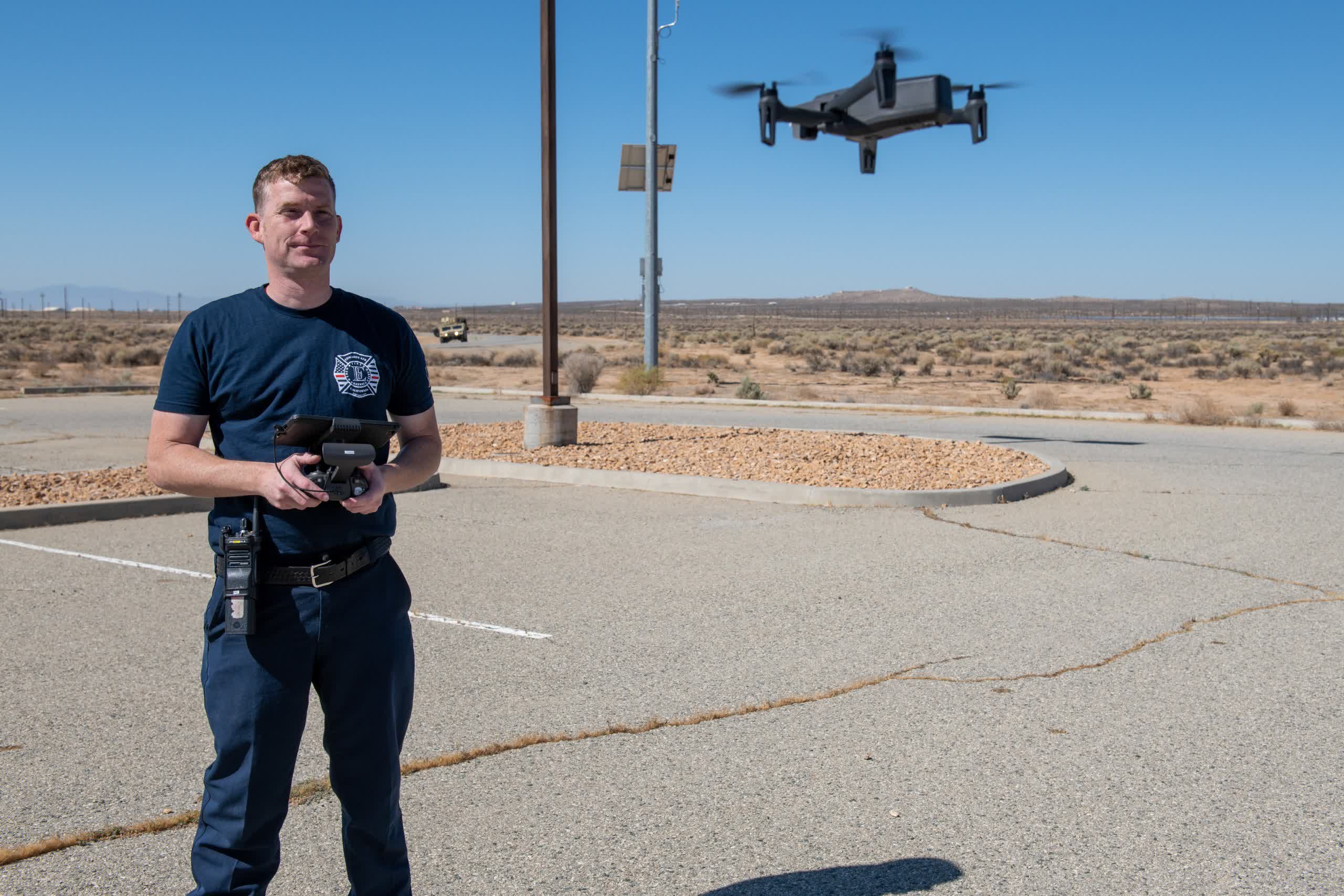Why it matters: The US Air Force has begun implementing facial recognition into its autonomous drones. The Air Force intends to use the technology for Intelligence gathering and as support in "other missions." However, some fear the US could deploy drones for assassination and that even the most sophisticated systems still are not 100 percent accurate.
The added capability comes from long-time Seattle tech firm RealNetworks. The name probably sounds familiar because it's the same company that delved into streaming media before anybody else. You may recall the RealPlayer from the late 1990s and some of the choppy live broadcasts the media player could stream.
Since then, RealNetworks shifted its focus to machine learning and facial recognition, developing the Secure Accurate Facial Recognition (SAFR) platform in 2018. New Scientist notes that in 2021, RealNetworks scored a $729,000 Phase II defense contract with the Pentagon to adapt SAFR to small unmanned aircraft systems (sUAS).
RealNetworks fulfilled that contract by the end of last year. In addition to flying itself, the company says the drones could prove helpful in various situations, including rescue missions, perimeter protection, and domestic search operations. The technology also reduces risks for Air Force personnel in security situations, identifying faces with 98.85 percent accuracy.
"We see this as an incredible opportunity to demonstrate how AI is a force multiplier and can be used to reduce risk to security forces and emergency responders," said SAFR senior product manager Eric Hess told Airforce Technology in 2021 after winning the bid for a ground-based vehicle system.
Proponents of the technology state that equipping robotic machines with the capability of pulling a trigger is dangerous and unethical. Such systems are not immune to failure, and an indiscriminate autonomous vehicle can harm innocents. We recently saw this very issue overturn the San Fransico Police Department's decision to allow robots to execute lethal force in situations where officers' or citizens' lives were threatened.
The USAF claims it does not fly unmanned drones without human supervision. At any given time, commanders can have operators issue standdown directives and other orders to an sUAS. It's important to note that even human pilots must receive a go-ahead to fire unless the enemy has already engaged them in combat.
Additionally, sUAS aircraft are not the same as large combat drones. They are not much bigger than their consumer-grade cousins (above being one of the larger examples). While they can be weaponized, their small size limits their usefulness in combat roles, so they are typically used in support missions for recognizance and patrolling duties.
RealNetworks has an ongoing relationship with the Air Force. The sUAS project is the company's latest contract with the military branch. In addition to the drone assignment, the company also accepted a commission in 2021 to implement its SAFR system into unmanned ground vehicles. Both contracts were part of the USAF's Small Business Innovation Research program. It also secured two earlier Phase II jobs through the AFWERX program worth $1.9 million.

